1. The Glue That Held It All Together
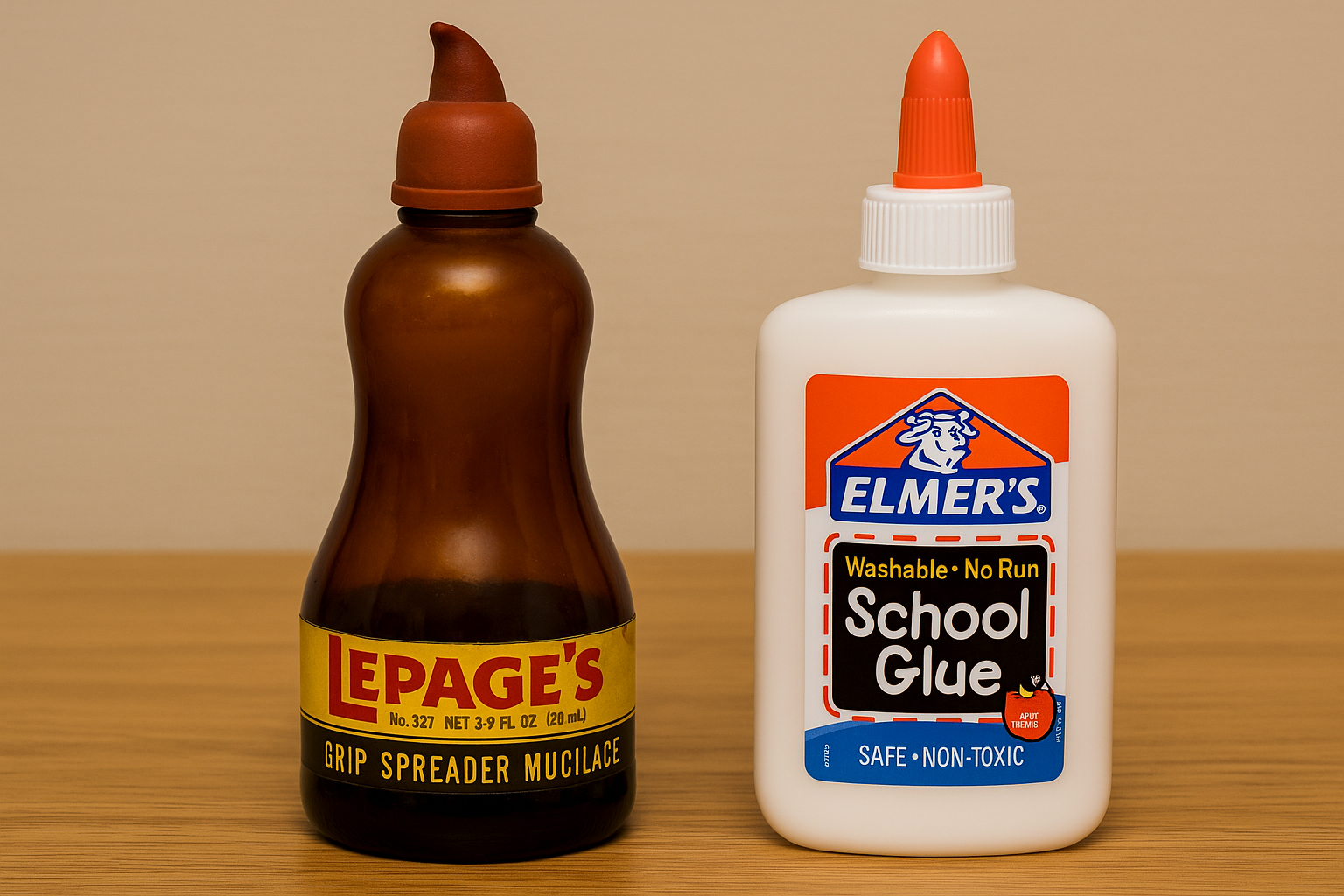
Le Page and Elmer’s both became classroom legends. This image captures a generational shift in school glue: on the left, the amber glass bottle of LePage’s Grip Spreader Mucilage with its rubber nozzle tip, once a staple in ’60s and ’70s classrooms. On the right, the now-iconic white plastic bottle of Elmer’s School Glue, a mainstay of art projects and paper crafts from the ’80s onward. Together, they tell a sticky story of changing times, where the smell of glue was as much a part of school as spelling tests and book reports.
2. Pee-Chee Portfolios
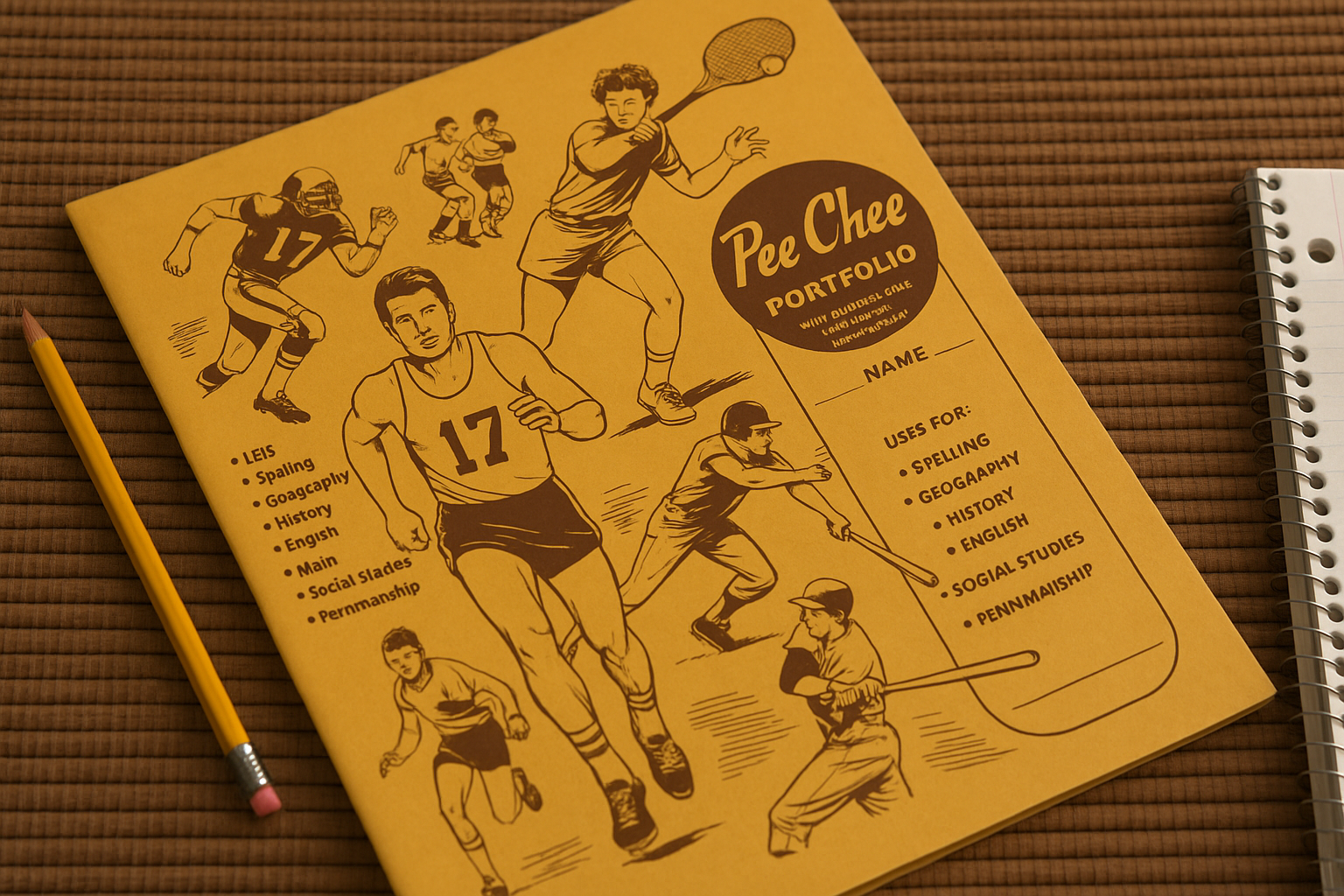
Organization in the ’70s was all about the right folder. The Trapper Keeper, with its Velcro flap and colorful designs, was a prized possession, but before it hit big, Pee-Chee folders ruled the desks. These folders, decorated with sports figures and doodles, held everything from homework to secret notes. Nerd Fighteria Wiki observed that kids would personalize them with stickers or scribbles, making each one unique. The folders weren’t just for paper, they were a canvas for self-expression and a shield against crumpled assignments.
3. No. 2 Pencils and the Classic Pink Eraser
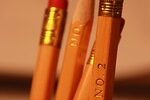
In the 1970s, No. 2 pencils were highly relevant in the realm of education and standardized testing due to their ability to be easily scanned by optical machines. The No. 2 pencil, with its balanced hardness and darkness, made a mark that was clear enough to be detected by these machines, which were used to grade multiple-choice tests and other standardized assessments. This was particularly important as the use of such machines became more prevalent in education. In other words, Learn Magazine noted that this pencil is such a necessity that you couldn’t survive a single , quiz or spelling test without a trusty No. 2 pencil, and the pink eraser on top. The familiar scent of pencil shavings was just part of the classroom air.
4. Composition and Spiral Notebooks

Wide-ruled spiral notebooks and Composition Books can be considered a classic from the 1970s. Spiral notebooks, in general, were popularized in the 1970s, and the wide-ruled paper within was particularly common, especially for students in elementary school. Mead began mass-producing composition notebooks, including spiral-bound ones with wide-ruled paper, during this era. Then, every subject had its own spiral-bound notebook, usually wide-ruled to make room for big, loopy handwriting. The Composition books had black and white covers and the spiral ones featured everything from psychedelic swirls to cartoon animals. Pages were often torn out for passing notes or last-minute homework, and the metal spirals would inevitably get bent out of shape. According to Young Dreamers Press, these notebooks were the backbone of every student’s daily routine.
5. Metal Lunchboxes and Thermoses

Metal lunchboxes and thermos bottles were indeed a popular and recognizable trend in the 1970s. They were not only a practical way to carry lunch, but also a way to express one’s personality and connect with popular culture. Lunchtime was a highlight, and nothing said “cool” like a metal lunchbox featuring your favorite TV show or cartoon. From Scooby-Doo to The Six Million Dollar Man, and the Super Friends, every kid had their allegiance. Inside, a matching thermos kept milk (or soup) warm, though the glass liners were prone to breaking. The clatter of lunchboxes opening was a daily symphony in the cafeteria. Further research by Lunchbox.com revealed that these metal lunchboxes and thermos, especially those with licensed characters or designs, reached peak popularity between 1950 and 1970, with over 120 million sold during that period, making them a common sight on school campuses and in homes.
6. Making Book Covers From Paper Bags

Making book covers out of brown paper bags was a rite of passage for every ’70s student. Before designer book sleeves or stretchy fabric covers, kids grabbed grocery bags, scissors, and tape to protect their textbooks with DIY precision. The process was part craft project, part tradition—cutting, folding, and creasing the paper just right so it hugged each book like a second skin. Once wrapped, the real fun began: decorating the covers with bubble letters, peace signs, band names, and stickers. Each one became a personal billboard you carried from class to class.
7. The Overhead Projector

Before PowerPoint, there was the overhead projector. Teachers would write notes or math problems on clear plastic sheets, and the glowing machine would cast them onto a pull-down screen. The hum of the fan and the smell of warm plastic were familiar classroom companions. Students sometimes got to turn the crank or adjust the focus, which felt like a big responsibility.
8. Intoxicating Mimeographs

The mimeograph machine was the unsung hero of every ’70s classroom, churning out handouts with a hum and a haze. Teachers would crank out purple-inked worksheets, fresh from the drum, still damp and warm to the touch. But what every student really remembers is the smell—an odd, chemical tang that was somehow both sharp and sweet. That distinct scent, a mix of alcohol-based ink and damp paper, filled the room and, strangely, made kids want to sniff their freshly printed pages. It was the unofficial aroma of pop quizzes, permission slips, and spelling tests—nostalgia, soaked in ink.
9. The Chalkboard, the Eraser, and the Penmanship Lines We All Practiced On

The traditional classroom setup of the 1970s featured a prominent chalkboard, often accompanied by the distinctive sounds of chalk squeaking or breaking. Teachers utilized colored chalk to highlight important information, adding visual emphasis to their lessons, and students occasionally got to clean the erasers by clapping them together outside. This task was both a privilege and a source of satisfaction. Chalk dust was also an inevitable byproduct, covering desks, clothes, and sometimes even faces, leaving a tangible mark on the learning environment and nostalgic memories for many
10. The School Library
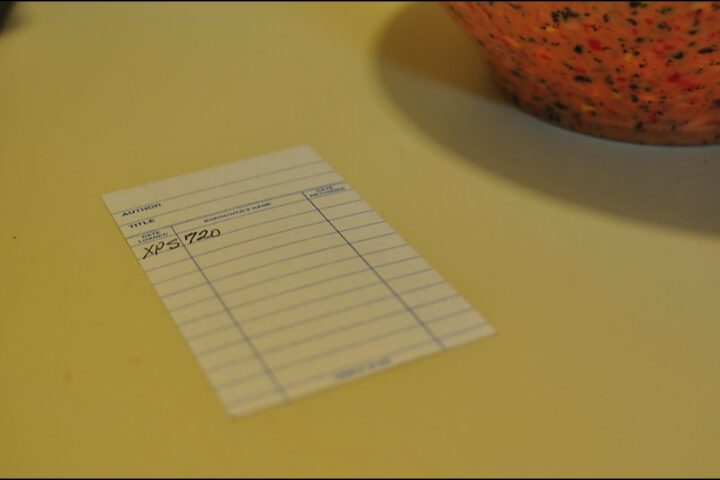
A trip to the school library was a weekly ritual. Kids would line up to check out books, each one stamped with a due date and tucked into a manila pocket. The library card was a ticket to adventure, whether you were into Nancy Drew, Hardy Boys, or the latest science book. The smell of old paper and the quiet hush of the library are memories that linger.
11. Gym Shorts and Tube Socks
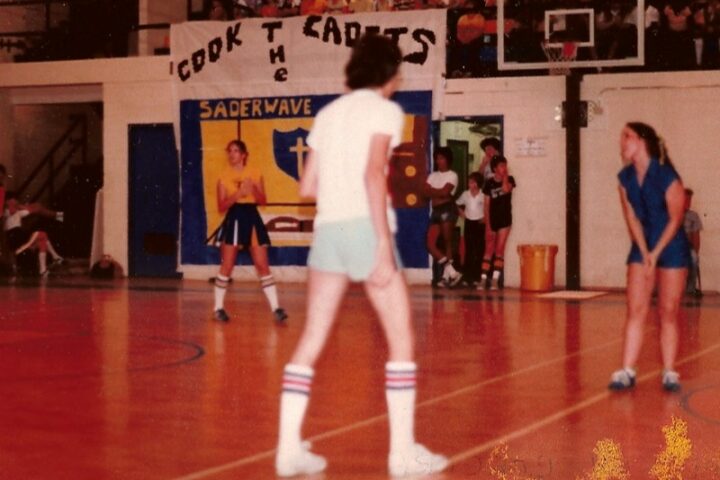
Physical education in the ’70s had its own fashion code: short gym shorts (often in school colors) and knee-high tube socks with colored stripes. Whether you loved or dreaded gym class, everyone had to suit up. The outfits might look funny now, but back then, they were just part of the uniform. Other notable trends included sweatbands, terrycloth headbands, and beltless shorts. The style was functional, reflecting the athletic wear influences of the time, and remains nostalgic for those who wore them.
12. The Overstuffed Backpack (or Book Strap)
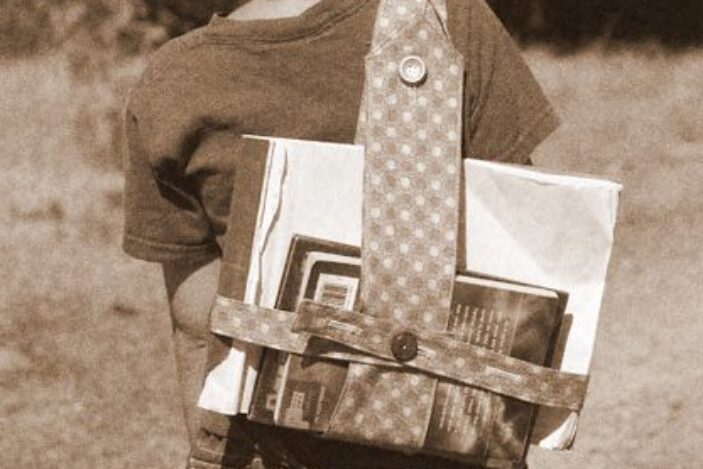
Backpacks weren’t as common early in the decade, so many kids relied on book straps, a simple belt to bundle textbooks together. By the late ’70s, the nylon backpack started to take over, often weighed down with books, lunch, and maybe a jacket. Either way, lugging your stuff to and from school was a daily workout. These early backpacks were often rugged, functional, and durable, reflecting the outdoor and athletic influences of the time. Whether using straps or packs, students endured daily weightlifting sessions carrying heavy loads to and from school
13. The School Bus Ride
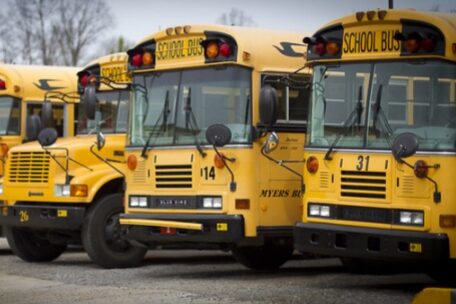
For many, the day began and ended with the school bus. The yellow bus was a rolling social scene filled with sing-alongs, games like “I Spy” or “20 Questions,” and occasional mischief. Assigned seats often dictated or reflected social hierarchies, with popular kids claiming the back rows and shy students sticking to the front. The engine’s hum and the bumpy ride added to the experience. These are memories that would stick with anyone who rode the bus in the ’70s.
14. The Bell and the PA System
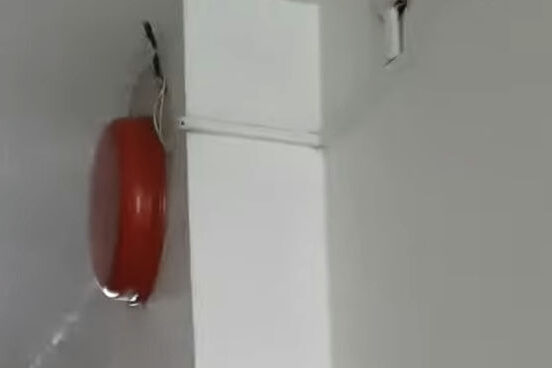
The school bell’s shrill ring and the PA system’s crackly announcements were iconic sounds of 1970s school life, punctuating every part of the day. From signaling class transitions and fire drills to birthday shoutouts and end-of-day dismissal, these auditory cues dictated the rhythm of student life. The anticipation building up to the final bell was palpable, as students eagerly awaited freedom and summer break. The PA system also played a role in sharing news, announcements, and even morning devotionals, becoming an integral part of the school’s daily routine and nostalgic memories for many alumni
If you’re feeling nostalgic or want to share your own memories, drop a comment or share this list with a friend who remembers the magic of those simpler times.


